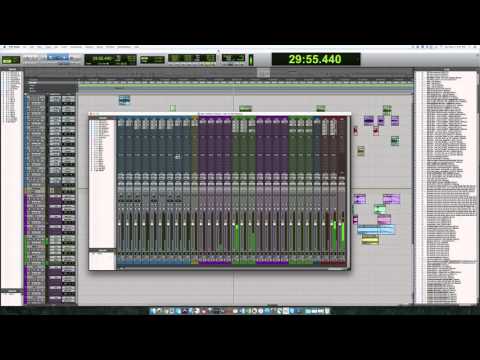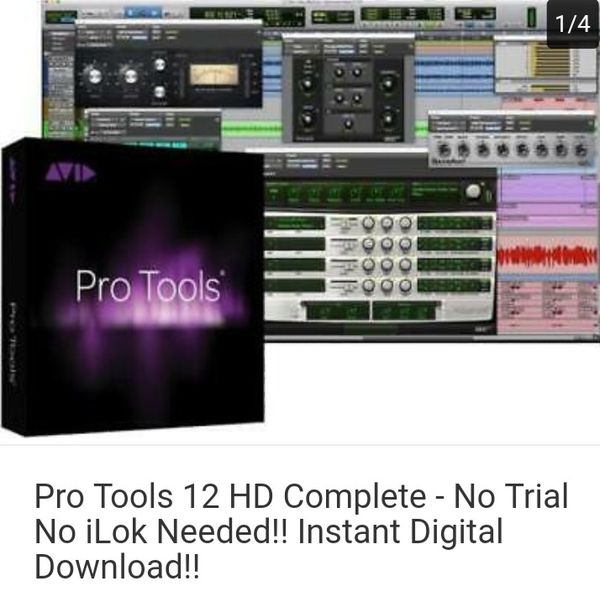


This feature has also made it simple for me to swap sessions back and forth between my non-HD Pro Tools and my Pro Tools|HD rigs with virtually no reconfiguration at all.

I regularly track at other studios, then return to my studio to overdub and mix I’m happy to say that the days of spending the first couple of hours at my studio reconfiguring 10-12 sessions with my studio’s I/O settings are gone. When a session created or edited on another system is opened, you can choose the I/O settings that were stored with the session and overwrite the I/O settings stored with the system. Additionally, the I/O settings (Input, Output, Insert, Mic Preamps and H/W Insert Delay settings) are system settings that are stored with and can be recalled from either the system or the session file. PT9 I/O settings can be recalled from the system, allowing a studio’s I/O configuration to remain intact when opening a session created on another Pro Tools system. Previously, I/O settings were stored with and recalled from a Pro Tools session, which meant that studio settings corresponding to hardware could change each time a session was opened potentially resulting in loss of monitor paths. PT9 has a completely revamped I/O settings configuration. Pro Tools|HD and Pro Tools with Complete Production Toolkit 2 support the standard HD (HD-DVD and Blu-ray) and the SDDS (Sony Dynamic Digital Sound) 7.0 and 7.1 surround formats. Both support up to 256 internal busses 128 and 160 maximum auxiliary tracks for PT and PT HD, respectively and 64 and 128 instrument tracks for PT and PT HD, respectively. Avid has increased the audio track capabilities to 96 mono or stereo voices in Pro Tools and 192 in Pro Tools|HD. The upgraded PT9 audio engine includes support for Core Audio and ASIO-compatible interfaces or for the computer’s built-in audio utilizing no external interface at all. Pro Tools HD runs on either a Pro Tools|HD Native system, which utilizes a single HD Native card, or a Pro Tools HD system, which utilizes an HD Accel Core card and one or more HD Accel cards. Pro Tools requires no additional hardware, and its feature set can be greatly enhanced with the addition of the pricey Complete Production Toolkit 2. Now there are Pro Tools and Pro Tools HD, and the gap between the two has narrowed Pro Tools M-Powered “is still a current product, which hasn’t been updated to v.9,” explains Avid. But with Pro Tools 9, you don’t have to use Avid hardware you can use any interface you desire.
Overriding ilok for pro tools 10 mac series#
The entire audio interface line has been revamped (see my Avid Pro Tools HD Series review in PAR’s November 2010 issue) the new hardware sounds amazing. Avid, a leader in video and audio production, purchased Digidesign in 1995.
Overriding ilok for pro tools 10 mac update#
Avid is the masthead for this major update since the Digidesign name is no more. Two years later, everything has changed as Pro Tools 9 (PT9) has redefined what it means to be the premier audio production platform. Critical listeners complained about the quality of the Digi interfaces that they felt couldn’t sonically compete with a big percentage of competitor offerings. At that point, users were locked in to using Digidesign’s hardware or the handful of reversed engineered interfaces (Prism Sound, Apogee, Lynx, etc.) that Digi refused to support. Pro Tools is a different beast than it was two years ago when I reviewed version 8.


 0 kommentar(er)
0 kommentar(er)
